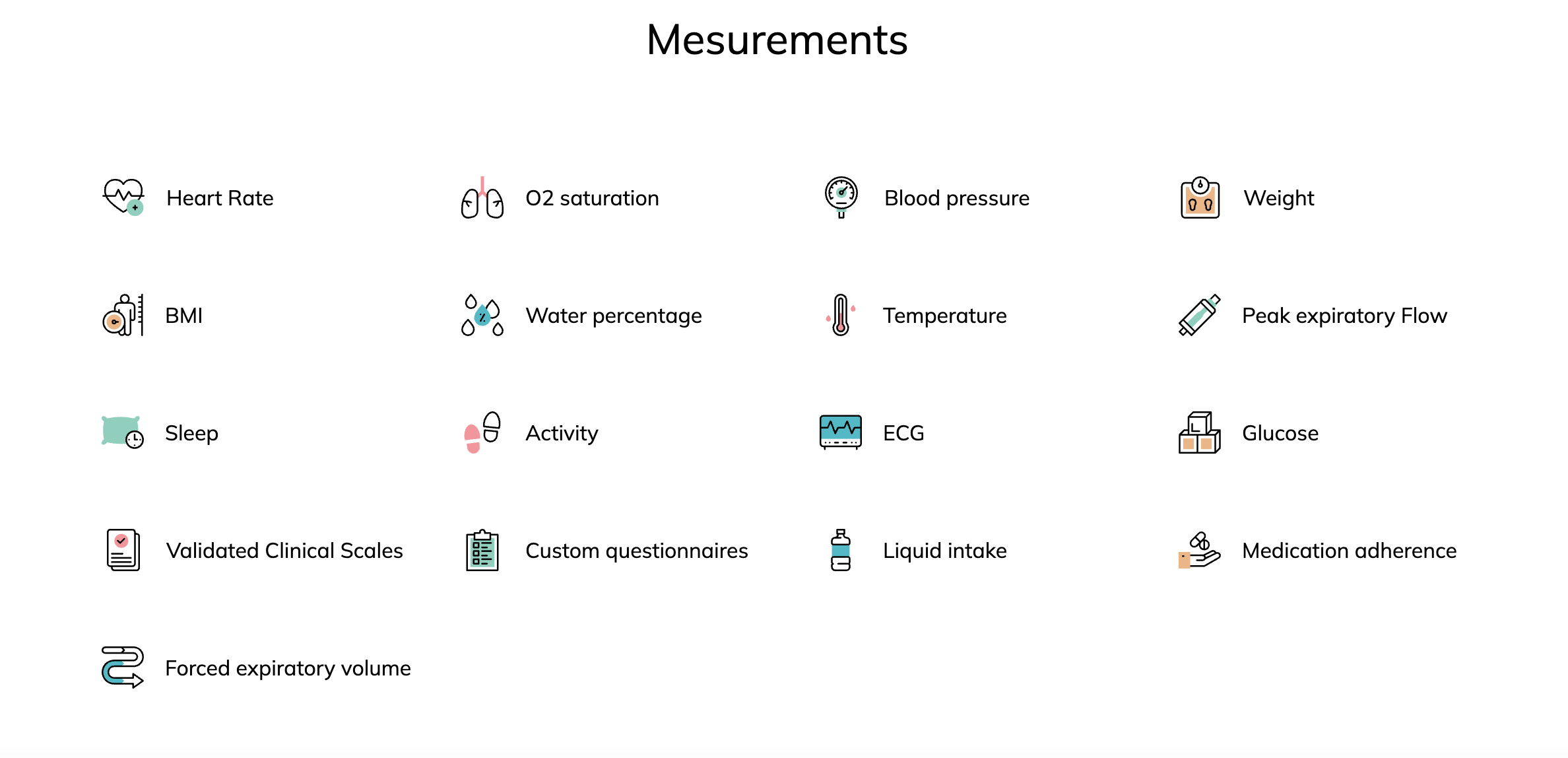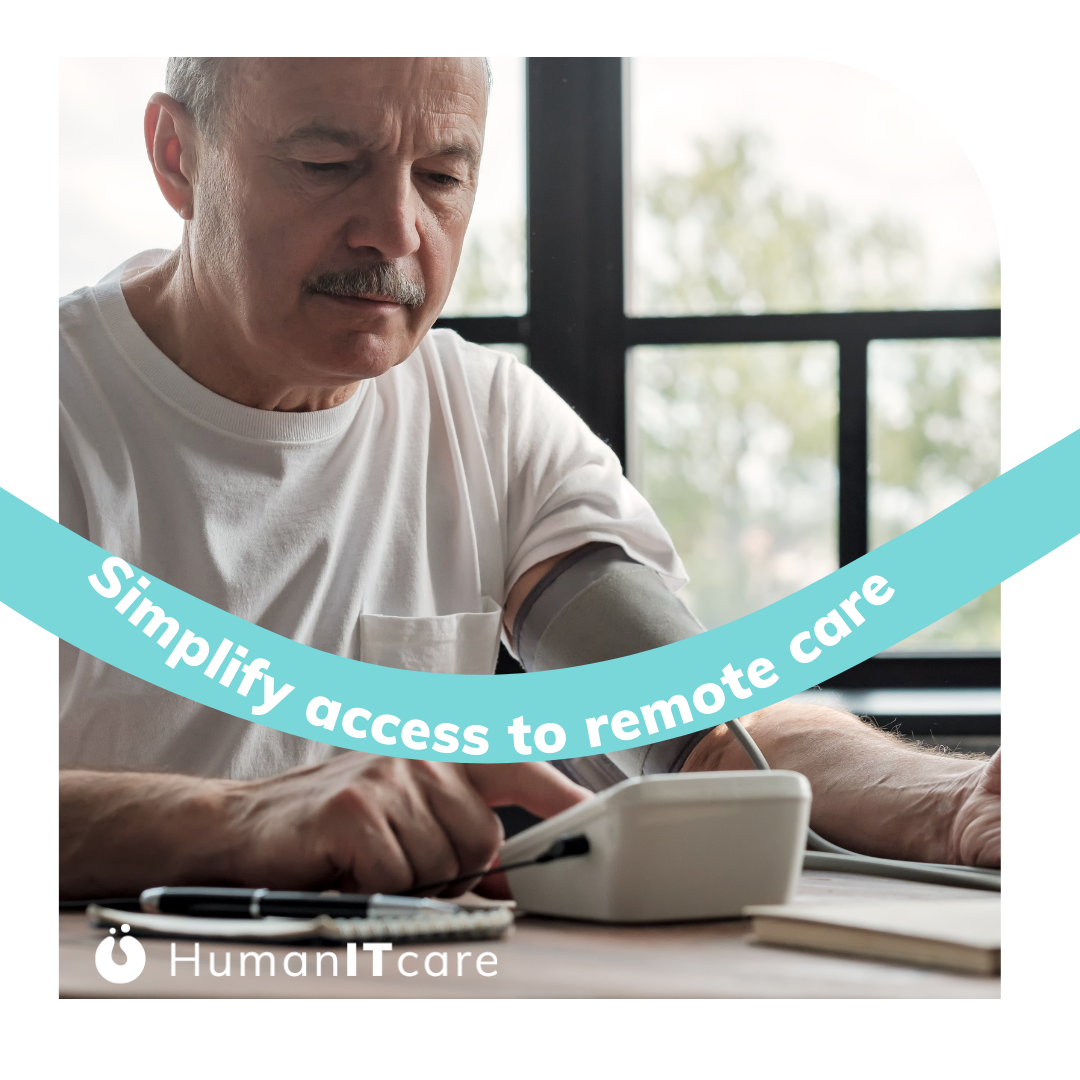Using a Remote Monitoring API to simplify access to remote care
How can we simplify access to remote care?
It is a fact that the healthcare industry has realized that patients need to have a continuous and ubiquitous way to be cared for. For that, remote patient monitoring and telemedicine solutions seem the faster and better way to achieve continuous care.
But the process needs to be centralized and simplified. That’s the reason why API and connected care solutions, such as humanITcare have been demonstrated to be a simple and fast tools to provide this care.
The integration of wearable devices and medical devices with electronic health records (EHRs) or other existing platforms has become increasingly important in the healthcare industry. This integration allows for a more comprehensive and accurate picture of a patient’s health status, as well as providing healthcare providers with timely information that can inform treatment decisions. To achieve this integration, healthcare providers can use Application Programming Interfaces (APIs) to connect these devices to the EHR system or other telemedicine platform. And this technology has the potential to improve patient outcomes, reduce healthcare costs, and increase patient satisfaction.
Wearable devices, such as smartwatches, fitness trackers and medical devices have gained popularity in recent years. These devices can track various health metrics, such as:

The data generated by these devices can be valuable for healthcare providers to monitor patients’ health, provide preventative care, and manage chronic conditions.
However, the challenge lies in integrating this data with EHRs. Historically, these devices have operated in silos, with data stored on proprietary platforms that are not easily accessible to healthcare providers. This fragmented data can result in incomplete patient records, which can negatively impact patient outcomes.
By utilizing APIs, healthcare providers can connect these devices to their EHR system and easily access and integrate the data generated by these devices. This integration allows healthcare providers to have a more complete picture of a patient’s health, which can lead to more informed treatment decisions. Additionally, having access to real-time data can enable healthcare providers to intervene earlier, potentially preventing hospitalizations or emergency room visits.
APIs can also improve the patient experience by providing patients with more control over their health data. Patients can use their wearable devices to track their health metrics and then securely share this data with their healthcare providers. This can lead to more personalized care, as healthcare providers can tailor treatment plans based on individual patient needs. But humanITcare API this is possible, find here an example.
And this is a reality in some countries as in the United States, the adoption of APIs for connecting wearables and medical devices to EHRs has been encouraged by recent government initiatives. In 2018, the Centers for Medicare and Medicaid Services (CMS) introduced the Blue Button 2.0 API, which allows patients to share their health data with third-party apps, including wearable devices. Additionally, the Office of the National Coordinator for Health Information Technology (ONC) has implemented regulations that require EHR vendors to implement APIs that allow for the exchange of health information.
In conclusion, the integration of wearable and medical devices with EHRs through APIs can provide healthcare providers with valuable insights into a patient’s health status. This integration can lead to more informed treatment decisions, improved patient outcomes, and reduced healthcare costs. With the support of government initiatives, the use of APIs in healthcare is likely to become more widespread in the coming years.
At humanITcare we are working to simplifying access to connected health seriously and that’s why our API allows connecting different devices. Contact us to know how we are helping healthcare providers to remote care.

